The Association of Asia Pacific Airlines (AAPA), which represents 14 operators in south-east and north Asia, has declared its commitment to achieving net zero emissions by 2050, although emphasised success will rely upon collaboration between industry stakeholders and support from governments, reports Tony Harrington. The Director General of AAPA, Subhas Menon, highlighted the introduction of sustainable aviation fuels (SAF) as a key driver of decarbonisation, but acknowledged the Asia-Pacific region currently lacked sufficient production and supply facilities. The association said the provision of “adequate and cost-effective supplies” of SAF for airlines would need support through measures including research and development subsidies, incentives and the allocation of resources to facilitate SAF development and distribution. It also identified technology, operational improvements and ICAO’s CORSIA global carbon offsetting scheme as core elements of the industry’s decarbonisation effort across the markets served by its member airlines. Meanwhile, AAPA member Cathay Pacific has announced a commitment to using SAF for 10% of its total fuel consumption by 2030.
“The Asia-Pacific region will constitute some 40% of global SAF demand, but production and supply facilities in the region are lacking,” said Menon, announcing the net zero pledge. “Allocation of sufficient resources to convert feedstock, like municipal or agricultural waste, waste oils from food production and other biomass for the production of SAF will make a critical difference.”
As the agreed global mechanism for offsetting growth in international emissions, he said the CORSIA scheme had an integral part to play in the industry’s long-term decarbonisation plans, and AAPA wholly supported ICAO efforts.
“In addition,” continued Menon, “investment in emerging sources of energy such as direct carbon capture and carbon sequestration, when these become viable, could complement the industry’s efforts towards achieving net zero emissions. Sustainability is a global challenge that calls for a global solution. Together, we need to ensure distribution of the burden of reducing carbon emissions is fair and equitable, while allowing the industry to recover and restart.”
AAPA’s 14 member airlines, which include some of the industry’s best-known carriers, currently operate in excess of 1,570 aircraft on domestic, regional international, and long-haul international routes. Five of its members – All Nippon Airways, Japan Airlines, Cathay Pacific, Singapore Airlines and Malaysia Airlines – have already committed to net zero emissions by 2050, and the Japanese government, which is aiming to establish domestic SAF production by 2030, is backing two major industrial consortiums to progress the plan (see article).
The remaining members of AAPA are Air Astana, Asiana, Bangkok Airways, China Airlines, Eva Air, Garuda Indonesia, Philippine Airlines, Royal Brunei and Thai Airways International. Asiana is progressing towards takeover by Korean Air, a former AAPA member, which, while actively working to decarbonise, has yet to publicly commit to a net zero 2050 goal.
AAPA has no member airlines from either China or India, two of the region’s, and the world’s, largest air transport markets, nor major airlines in the south-west Pacific including Qantas and Air New Zealand, both of which have committed to net zero emissions by 2050 and are actively working towards the establishment of SAF production industries in their home markets.
Through their membership of the oneworld alliance, AAPA members Cathay Pacific, Japan Airlines and Malaysia Airlines last year pledged to achieving net zero emissions by 2050.
Cathay Pacific has just announced a commitment to using SAF for 10% of its total fuel consumption as part of its net zero ambition and says it expects to begin taking first deliveries of SAF for use on flights from the US starting in 2024. The airline became the first investor in Fulcrum BioEnergy in 2014 and has committed to purchasing 1.1 million tonnes from the US SAF producer over 10 years, which will cover around 2% of its pre-Covid fuel requirements on an annual basis. Cathay also uses blended SAF on delivery flights of its new aircraft – over 40 to date – from Airbus in Toulouse.
“Our new commitment is a clear signal of our determination to achieve our net zero emissions target and to be a leader in the fight against climate change,” said the airline’s CEO, Augustus Tang. “The ability to achieve this target does not rest with airlines alone. We are calling on support from various stakeholder groups to help make it a reality, from policymakers, the energy sector, aircraft and engine manufacturers, and even our customers, who are keen to reduce their carbon footprint. Only by joining hands can we meet this ambitious goal together.”
Photo: Cathay Pacific A350-900


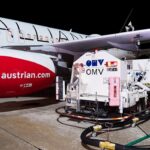
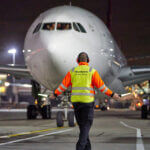
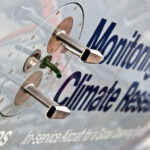

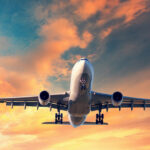
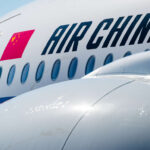
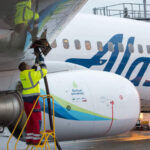
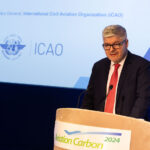
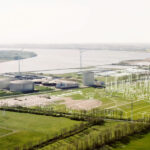
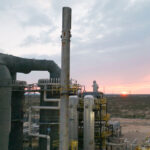
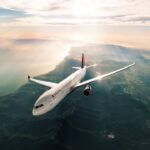
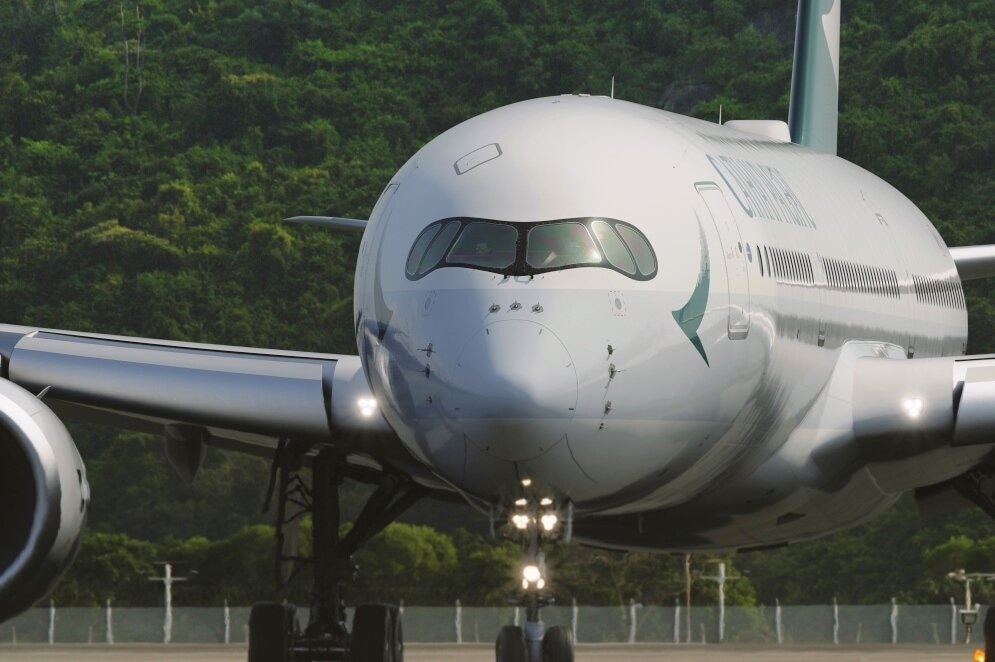

More News & Features
Commentary: China’s fair and equitable solution to civil aviation’s climate challenge
Advocacy group launches to speed up production and use of SAF across Asia
ICAO signs agreement with IRENA to boost finance opportunities for SAF production
New Zealand could meet 25% of domestic jet fuel needs with SAF from wood waste, finds report
Airbus enters partnerships with airlines Wizz and EVA to help prepare for SAF introduction
Malaysia to produce SAF from palm oil waste, while Thailand pumps first SAF shipments to Bangkok’s airports